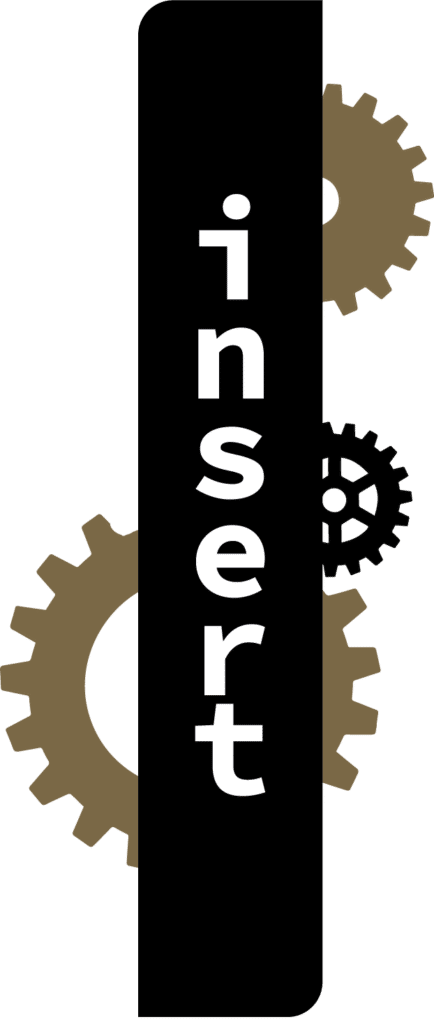The term ‘hoard’ generally refers to a group of objects accumulated on purpose and buried until discovery. Accumulations of coins, sometimes associated with other various forms of money such as ingots, coin blanks or scrap metal, are called coin hoards. They are particularly helpful for providing new or rare coins, retracing money circulation, and attesting coin uses. Coin hoards are not the result of random accumulations of money: hoard owners select coins depending on what purposes their accumulation is supposed to achieve and what money is available to them. For archaeologists, studying a hoard does not only mean studying the coins, as they also aim to retrace the acts of hoarding, by studying the composition, the structure, and the archaeological context of the hoards. These help to decipher the choices and strategies used during the accumulation, linking the hoard to its archaeological context, retracing the coin pools owners had access to, the temporality of the accumulation, and finally, the functions of the hoard.1
Recent finds of coin hoards during archaeological excavations have permitted exploration of the physical organization of the various elements inside their containers. Controlled disassembling of their contents has revealed meticulous accumulations with non-preserved sub containers, separate spaces for different types of coins or chronological placements2. It provides a precious insight on how hoards were assembled and allows to piece together the very acts of coin accumulation.
There can be various and sometimes unclear reasons behind the burial of a hoard. Traditional typologies tend to separate savings hoards, emergency hoards, ritual accumulations, and involuntary losses, but the archaeological record shows that these models are not easily differentiated and might not always be incompatible. As a result, a close study of the content and the context of a hoard find is necessary to interpret its purpose3.
As an example, the Losa hoard, discovered in 2000 at Sanguinet (Landes, France), illustrates a coin accumulation from the beginning of the fourth century to the late fourth or early fifth century.4 Close inspection of the hoard content shows an early assemblage of exogenous coins mainly issued by the London mint. Later additions to the hoard were composed of more local Gaulish coins and copies, as well as metallic tokens. The hoard’s structure materializes the temporality of the accumulation and the shifting between two sources of coinage, whereas its content informs the dating and coin uses in late antique Aquitania. Ultimately, the archaeological context of the hoard, near an ancient bridge, and its long history of accumulation can be interpreted as a votive offering.
References
- Aubin, G., 2005: “Les trésors (monétaires) antiques : le mot, les choses et les chercheurs”, in: Barrate, F. et al., Autour du trésor de Mâcon : luxe et quotidien en Gaule romaine, Mâcon.
- Bland, R., 2015: “Hoarding in Britain from the Bronze Age to the 20th century”, in: Naylor, J. & Bland, R. (org.), Hoarding and the deposition of metalwork from the Bronze Age to the 20th century: a British perspective, Oxford.
- Cardon, T. (org.), 2020: “Archéologie des dépôts monétaires”, Journal of Archaeological Numismatics, 10.
- Guest, P., 1994: A comparative study of coin hoards from the western Roman Empire, London.
- Maurin, B., 2001: “Découverte d’un dépôt monétaire sous les eaux du lac de Sanguinet”, Bulletin de la société de Borda, 461.
- Reece, R., 2015: “The Composition of Hoards”, in: Naylor, J. & Bland, R. (org.), Hoarding and the deposition of metalwork from the Bronze Age to the 20th century: a British perspective, Oxford.




